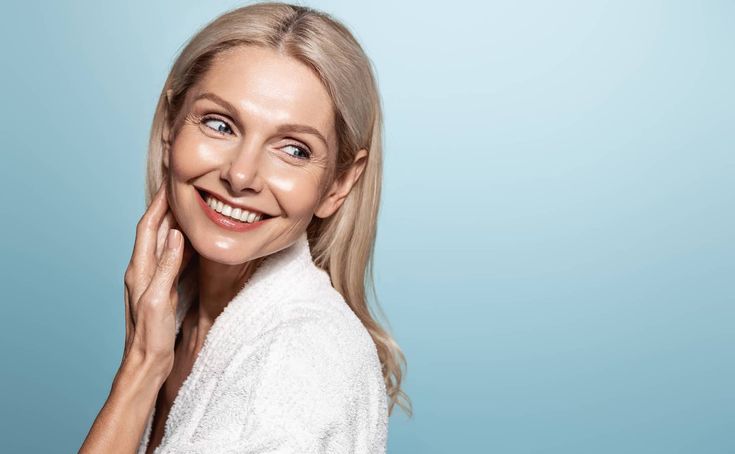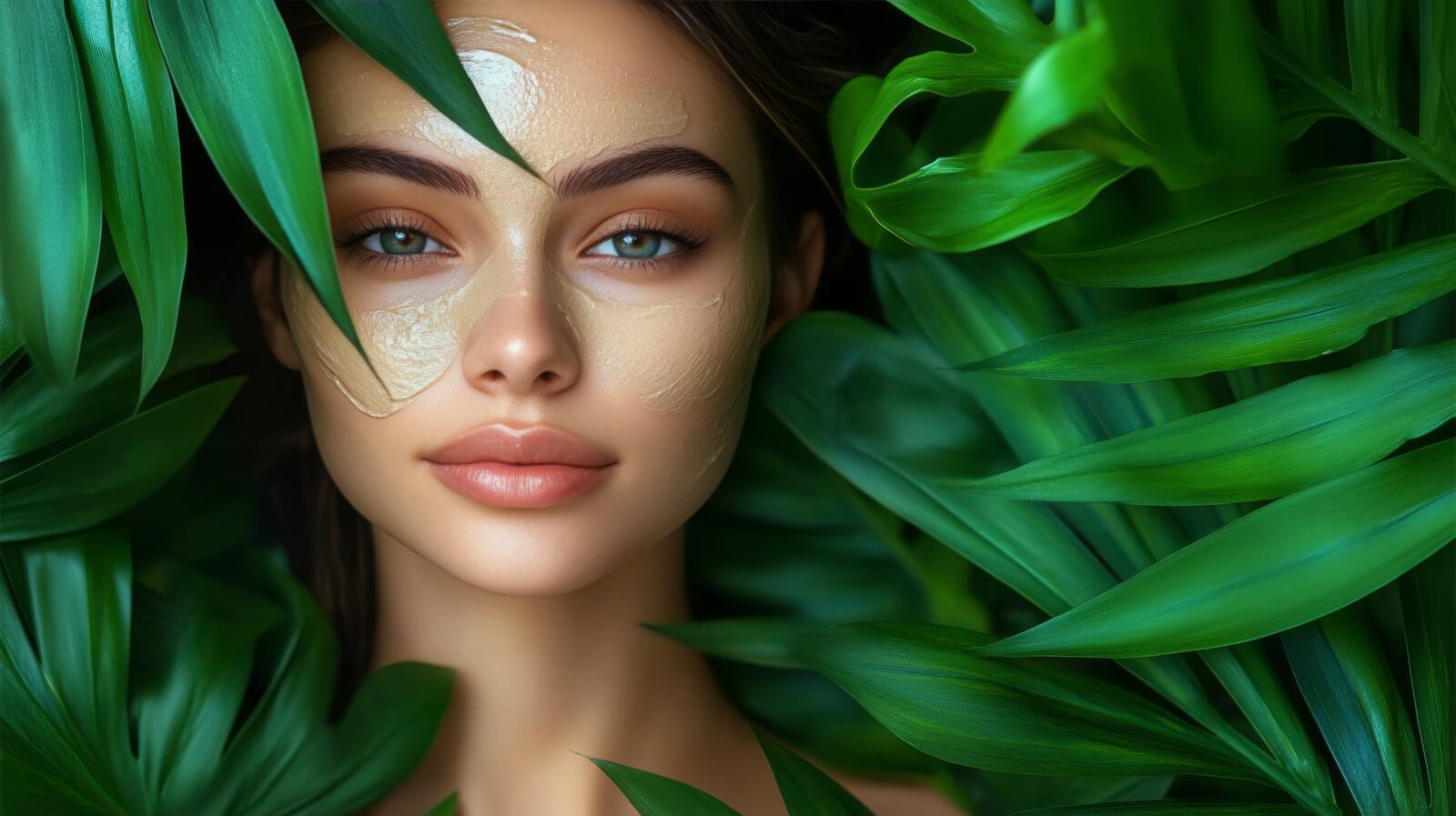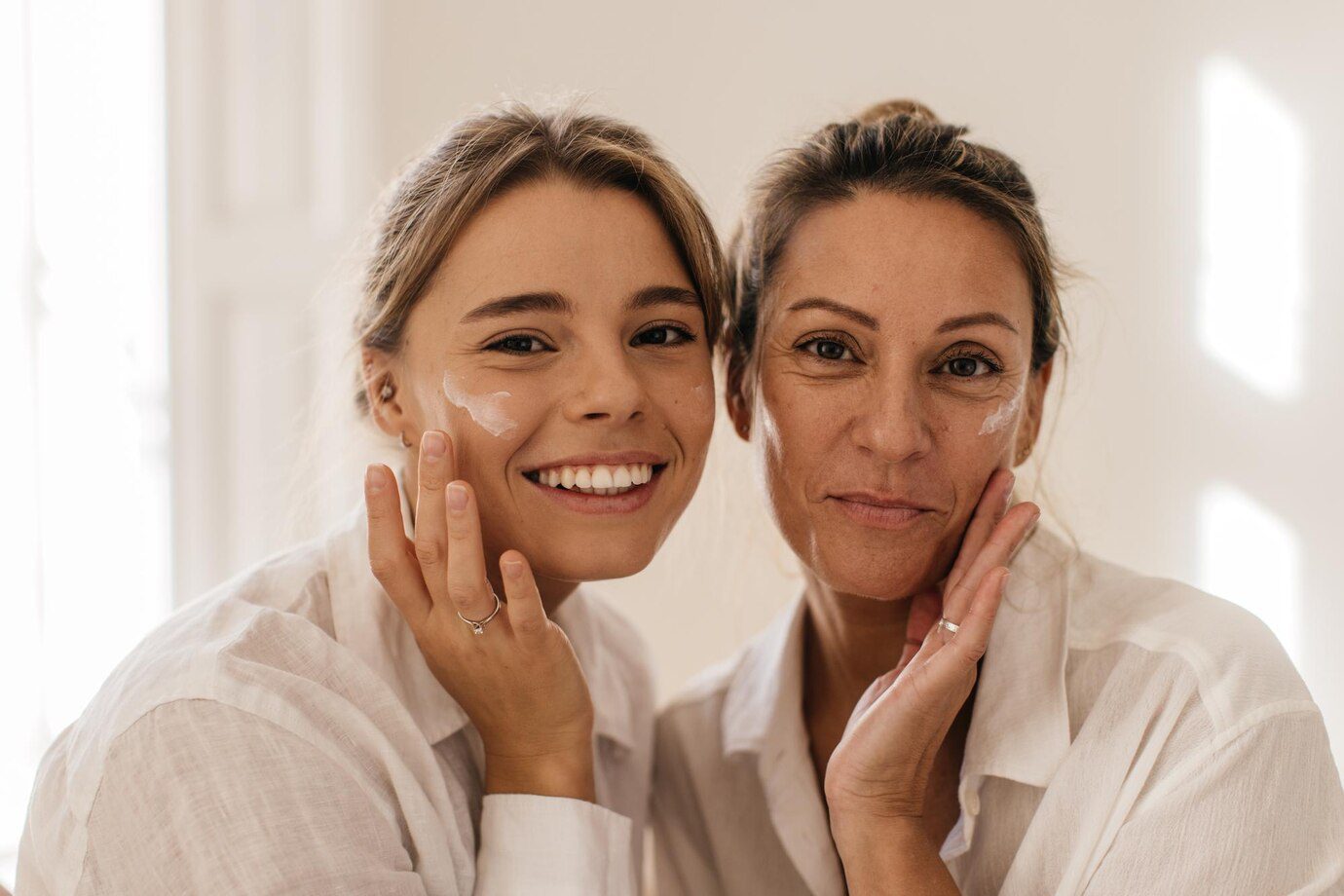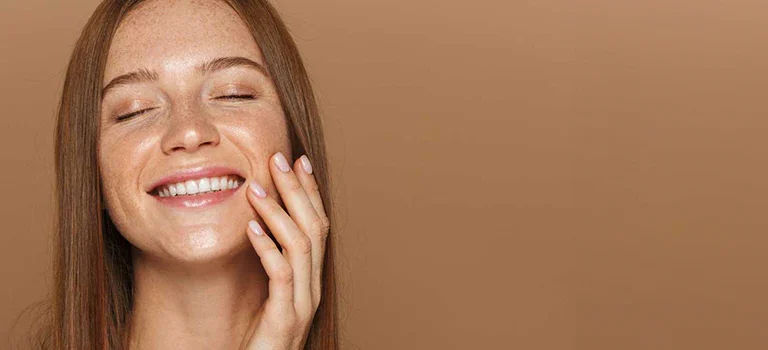Some self tanning products on the market use DHA as the tanning active ingredient. Others may use DHA and Erythrulose in combination. Many people wonder which would be the better product. There is not one single best answer.
Both ingredients work similarly as a self tanning agent. They react with the amino acids and protein bits in the dead skin cells on the body’s upper surface creating a brown coloration called the Mallard Reaction. This nontoxic reaction is similar to the way a cut apple, when exposed to oxygen in the air, will brown.
This activity is not a stain or a dye, but a chemical reaction of the treated dead skin cells. It does not involve the skin pigmentation cells, which are deeper in the body’s living tissue layers. UV light is not needed to initiate the tanning reaction.
The two ingredients are very similar, and produce a very similar “suntanned” brown tone appearance.
Erythrulose is a ketone sugar found naturally in raspberries.
DHA or Dihydroxyacetone is a carbon 3 sugar found naturally in sugar beets, and sugar cane.
Because of their similarity they are often used together in self tanning products to help complement one another, and provide a more robust final formula.
Based on current data, and long term historical use, both ingredients appear to be safe for skin use in cosmetic formulations, when used as directed, in correct percentages.
Both ingredients can be produced synthetically in a lab environment, though the synthetic versions work in the exact same manner on the skin surface.
DHA peaks its color development at about 12-24 hours roughly. (which is when it appears darkest)
DHA develops faster and is darker in color.
Erythrulose can take 48-72 hours to peak in its color development.
Erythrulose develops more slowly with a lighter final color.
Neither ingredient provides effective full spectrum sunscreen protection against UV exposure.
When using an Erythrulose containing product, the tan may fade a slower, and the color may be darker on days 2 and 3 then in the first 24 hours after development.
Erythrulose or E, may produces a slightly redder tone to the tan on some users. Others find it more yellowy.
In my experience, this is very individual, it would really relate more to your unique skin and how it reacts to Erythrulose.
Because of E’s lighter tone, it can be less prone to streaking during application, and may help a DHA blend appear “darker” but more even.
Some users note that Erythrulose is less drying to the skin compared to DHA. But since E is generally used at much lower levels in a product percentage wise, compared to DHA – this benefit may really be related to the fact that the E is at a low percentage. DHA is also less drying at lower percentages.
The synergy of the two active ingredients together, can allow a client to obtain a darker color, then they would with a DHA blend alone. So they can opt for a lower percentage DHA/E level blend, and get the same depth they would normally get with a higher DHA only blend, with less streaks and dryness issues.
Because E “peaks” later then DHA in the color darkening cycle, it can create a sunless tan that fades slower. Giving a user 3-5 more days of wear time, before the tan needs to be exfoliated and reapplied. This is also very individual. Some people will notice no difference in wear, some will get 1-2 days more, some may get longer.
Not everyone reacts to Erythrulose. Some people find that a DHA only or a DHA/E blend work the exact same way on them. So they notice no positive benefit with the added Erythrulose.
Some skin types, usually skin type one or two, may notice that they may have less attractive, or more yellowy fading with Erythrulose. So for them, this is not the best ingredient to use.
Those who are sensitive to DHA based self tanners, will often find they are sensitive to Erythrulose as well. So it is not usually a good option for those with DHA sensitivities.
However some people can use E, even though they react negatively to DHA.
Neither ingredient is better or worse for the skin. Rather they are two similar ingredients that can complement each other in a self tanning product, giving a richer color, and a bit longer wear.
Some people love DHA/E blends. Others find they are a lot of hype, with no real bang for the buck. So, as with many things cosmetic related – much will ultimately depend on you, and your skin.
If you have never used a DHA/E blend, It’s certainly worth trying a blended solution in the same DHA level as your normal preferred product. And see if it works well for you.











